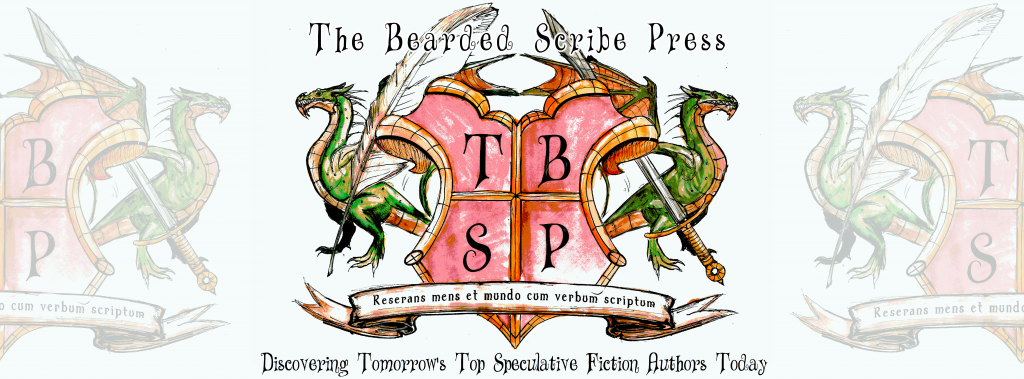 This sentence, despite its ridiculous length and all the useless things it has to say, with its added phrases and clauses that have no content and give you nothing but extra words, that feels like it should be a run on because it’s so freaking long and is as boring as a sentence is allowed to be—even though it’s a little ironically funny in that it keeps babbling while saying nothing—and maybe makes you feel like pulling out your hair, is not a run on sentence and is one hundred percent grammatically correct.
This sentence, despite its ridiculous length and all the useless things it has to say, with its added phrases and clauses that have no content and give you nothing but extra words, that feels like it should be a run on because it’s so freaking long and is as boring as a sentence is allowed to be—even though it’s a little ironically funny in that it keeps babbling while saying nothing—and maybe makes you feel like pulling out your hair, is not a run on sentence and is one hundred percent grammatically correct. This sentence is incorrect it is a run on.
This sentence is also incorrect, it is also a run on.
Really? ‘Tis true. The first sentence is a run on because it is two complete sentences put together with no conjunction, no semi-colon, no period—nothing to indicate the end of a sentence.
The second sentence is a special (and annoyingly common) run on called a comma splice: two sentences “spliced” together with a comma.
Because here’s the thing: “run-on” doesn’t mean long; it means you’ve got two sentences you smashed together, even if they are two tiny sentences.
GIVING YOUR READER THE HICCUPS
The run-on sentence is particularly annoying for readers because they feel like they’re going to get something you don’t deliver. It’s like going down stairs in the dark when you think you’ve got one more step then Bam! You jam your knee because you’re already there. Same with reading a run-on: we jam our reader’s flow. Read this out loud (from a student paper):
Smith writes to demonstrate the moment when the country needs resolve and fearlessness to reduce the affliction of gun violence, both presidential candidates have kicked away the opportunity to take leadership. This shows how President Obama and Gov. Romney have both strongly supported banning assault weapons but have recently lost their faith towards the situation at hand.
Feel that hiccup as you read? Need to breathe into a paper bag or stand on your head and drink water after that one.
LIKE TAKING CANDY FROM A BABY
However, the run-on sentence is ridiculously easy to fix. Here are your options:
1. Make it into two sentences
2. Put a semi-colon between the two sentences
3. Add a conjunction (and a comma if it’s not a comma splice).
And voila! No run-ons.
AND THEN, OF COURSE, YOU CAN BREAK THE RULES
On the other hand, some authors don’t give a damn whether or not they write a run-on and get away with it all the time. Margaret Atwood loves the comma splice and uses it regularly to connect her sentences more tightly than a semi-colon would do. I’m reading White Oleander right now, and it turns out Janet Fitch is also a fan:
“Clair was just tired of seeing her own face in the mirror, it was a code of her failings” (273).
I only had to read half a page to find that one. They’re everywhere. So, like all rules, you can break them if you do it with flair.
BUT THAT LONG SENTENCE—WHAT’S UP WITH THAT?
So what about that long sentence? Why is it not a run on? It goes on and on and on—isn’t that a run-on, too? Well, no. Technically it’s not. It’s a stylistic choice, one many writers use. But you don’t want to drag your readers along without purpose.
There are two kinds of long sentences, and they each have different effects. You are likely already using them without knowing it, but awareness allows you to craft your sentences. Don’t let anyone kid you; writing is a craft and needs fine tuning—even though it’s easy to fall in love with your own lame prose.
THE SNOWBALL EFFECT, AKA THE LOOSE SENTENCE
So this first long sentence is called a “loose” sentence: it begins with the subject and verb, the core of the sentence, and tacks on clauses and phrases, like this:
“That was where he wanted to be if he had to be there at all, instead of hung out there in front like some goddam cantilevered goldfish in some goddam cantilevered goldfish bowl while the goddam foul black tiers of flak were bursting and booming and billowing all around and above and below him in a climbing, cracking, staggered, banging, phantasmagorical, cosmological wickedness that jarred and tossed and shivered, clattered and pierced, and threatened to annihilate them all in one splinter of a second in one vast flash of fire” (from Catch 22 by Joseph Heller. He loves these long sentences!)
The effect is like rolling downhill in winter, snowballing as you roll, till you’re packed so tightly you may never get out. The collection of phrases adding on continuously, when done well, has this sort of snowball effect. It can be quite powerful.
THE UPHILL CLIMB, AKA THE PERIODIC SENTENCE
The other type of long sentence is the “periodic” sentence, easy to remember because the core of the sentence comes at the end:
“Worried about rapists and small teeth mean bad luck and my eyes don’t match and don’t kill the fish and does my husband still love me, did he ever, or did he just think I was someone else, and I can’t pretend anymore, that was the worst thing.” (from White Oleander).
This has quite the opposite effect of the loose sentence; it’s more like a long uphill climb that builds suspense, leading the reader to the awesome view from the top of the mountain. This sort of buildup of suspense gives the reader that edge-of-your-seat feeling, even if only for a sentence. But it, too, has power.
And, like all stylistic tools, you can overdo. You don’t want all long sentences, running uphill, tiring out readers, then rolling them down the hill, snowballing, then back up, tired, then back down, packing it in. It’s too much, like one of those bad horror films where the music lets you know that there is someone behind the door, behind the bush, behind every piece of scenery, relentlessly trying to shock you over and over. Grinding your teeth for too long can make your head ache.
So after a long climb, let your readers catch their breath. After shoving them down the snow hill, give them some time to shake it off. Variety is the spice of the writing life.
Deliciously Yours,


I'm a long time reader, brand new creative writer. It is amazing how easily all the rules of proper writing have slipped away with the years. At fifty-two, I wrote my first book, found my first editor (I knew better than to attempt editing my own writing), and published my first novel on Amazon.
ReplyDeleteI have (re)learned so much in the past eight months. Articles like this have helped me become a better writer, although, I still have a long way to go. It's not easy to break bad habits, developed over thirty years. Thanks for sharing the knowledge (and making it fun). -- T